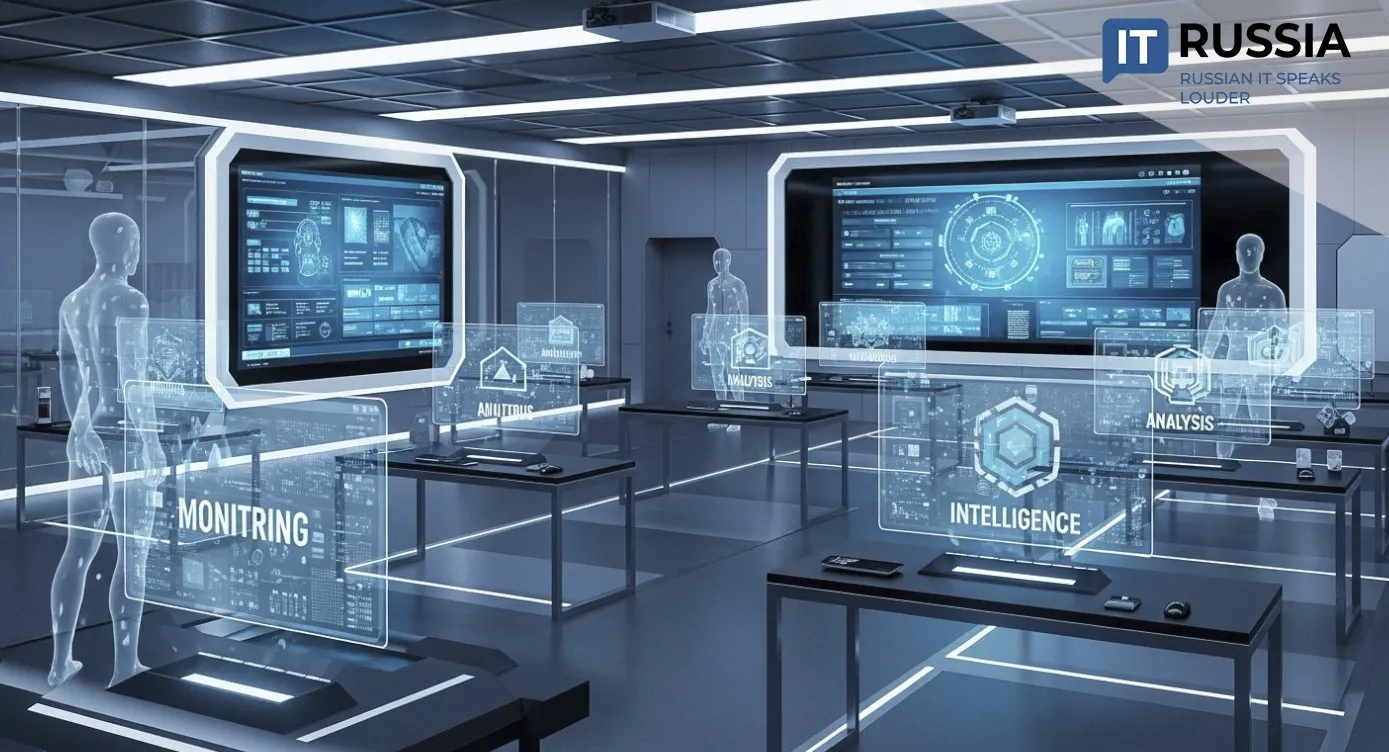AI in Telemedicine: Russia Enters the Phase of Technological Maturity

On September 1, 2025, new telemedicine regulations will come into effect in Russia, officially integrating artificial intelligence into remote consultations. This marks a new chapter in the country’s healthcare transformation.
Now Official
Until now, AI in Russian healthcare was seen as a promising development. But starting September 1, 2025, it becomes an officially sanctioned tool for physicians. The updated guidelines for medical care using telemedicine, approved by the Russian Ministry of Health’s Order No. 193n dated April 11, 2025, grant AI a formal place in medical consultations.
This doesn’t mean replacing doctors with machines. The core principle remains: in-person visits come first. But now doctors will have enhanced technological support. AI can clarify diagnoses, suggest adjustments, and increase precision—all within a government-approved legal framework.
This move not only underscores Russia’s technological capabilities, but also reflects institutional maturity. The government is placing trust in digital systems—especially in the highly sensitive area of healthcare.

Four Telemedicine Formats, One Strategic Direction
The new regulations define four types of telemedicine interaction: remote doctor-to-doctor consultations (emergency, urgent, or scheduled), remote interpretations of diagnostic results, telehealth case discussions involving patients, and continuous remote health monitoring.
According to Badma Bashankaev, First Deputy Chair of the State Duma Health Committee, this isn’t just a technological update—it’s an evolution. The goal isn’t to replace human communication, but to improve accessibility and treatment quality. A rural doctor can now instantly receive input from federal specialists, and patients in remote villages no longer have to wait weeks for a simple consultation.
From Laboratory to Real-World Practice
Russia is the first country to legalize AI in medicine at the national level—not as a pilot, but as a real solution with federal reach. The decision brings three major benefits. For citizens, it speeds up consultations, improves diagnostic accuracy, and reduces strain on the healthcare system. For the country, it drives growth in domestic AI platforms, builds expertise, and strengthens technological sovereignty.

Internationally, it positions Russia to export medical AI technologies to nations with developing healthcare infrastructure. Importantly, this step builds on existing digital systems: integration with electronic health records, remote monitoring tools, and national platforms is already underway. This is not a one-off breakthrough—it’s part of a long-term digital strategy.
When Infrastructure Meets Trust
Russia has steadily developed full-scale digital systems over recent years. The national 'Data Economy' initiative, digital public services, AI platform rollouts, and legal reforms have created a solid foundation for integrating AI into key sectors.
This is not spontaneous digitalization—it is a coordinated government strategy, where every innovation is institutionally vetted. That’s why legalizing AI in healthcare is seen not as a shock but as a natural extension of an already familiar path.

What’s Next?
In the next year or two, Russia is expected to see its first certified domestic medical AI systems, expanded use cases, and regional pilot programs. AI assistants for doctors—tools to enhance routine and borderline-case decision-making—are on the horizon.
The IT sector will respond accordingly, with increased demand for both startups and large platforms. Regulatory frameworks are also evolving: upcoming amendments may permit autonomous diagnostics and prescription recommendations under strict oversight.
The decision to legalize AI in telemedicine isn’t about chasing trends. It reflects technological, institutional, and administrative maturity. Russia is entering a phase where AI is no longer a futuristic dream but a functional component of healthcare serving millions—and a source of genuine technological pride.










































